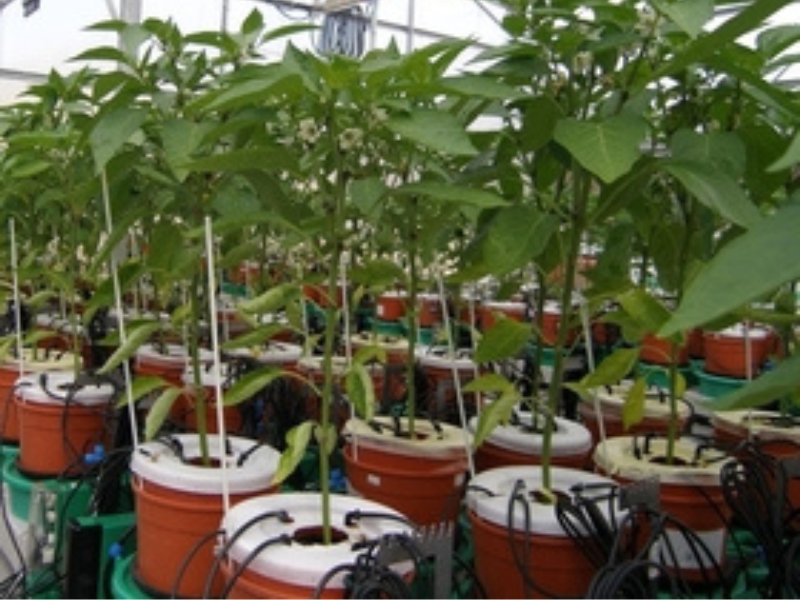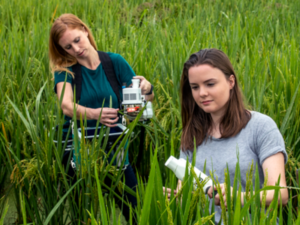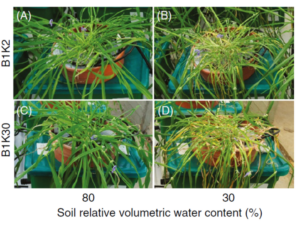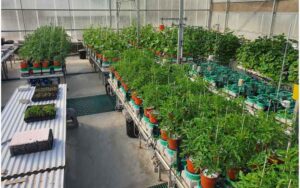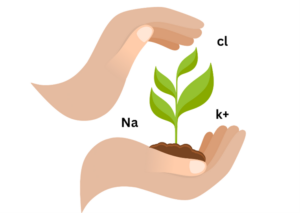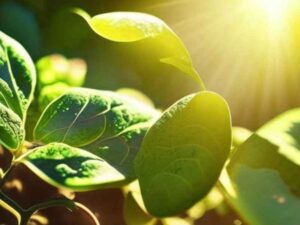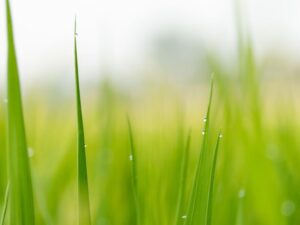Biostimulants are materials, other than fertilizers, that when applied in low quantities, promote plant growth by enhancing its nutrition efficiency, abiotic stress tolerance and/or crop quality traits, regardless of its nutrient content.
Biostimulants are used in all stages of agriculture: in seed treatment, during plant growth, and postharvest. They are applied both as foliar sprays and through the soil, and function in disparate ways.
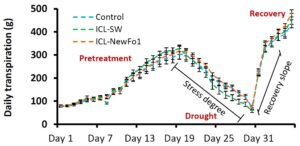 Extensive literature suggests that biostimulants decrease the negative effects of abiotic stress (in particular drought stress); nevertheless, information about their physiological mechanisms of action is limited and their effects are hard to quantify.
Extensive literature suggests that biostimulants decrease the negative effects of abiotic stress (in particular drought stress); nevertheless, information about their physiological mechanisms of action is limited and their effects are hard to quantify.
The large number of potential candidate biostimulants and the need to elucidate their particular modes of action, optimal concentrations, and types of application, create a substantial bottleneck in the research and development of new biostimulant products. Moreover, the complex mode of action of the biostimulants and the dynamic field environment extend this gap between the developments of new formulas and the actual impact of these products in the field.
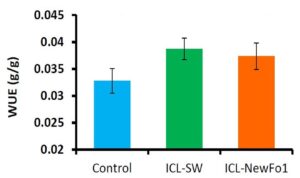 A new article describes a cost-effective, pre-field phenotyping platform that uses a high-throughput functional phenotyping system composed of gravimetric systems (Plantarray) to screen the effects of two commercial biostimulants on pepper under different irrigation regimes, and to study their physiological mechanisms of action.
A new article describes a cost-effective, pre-field phenotyping platform that uses a high-throughput functional phenotyping system composed of gravimetric systems (Plantarray) to screen the effects of two commercial biostimulants on pepper under different irrigation regimes, and to study their physiological mechanisms of action.
The system enabled the researchers to compare dynamic plant responses to different ambient conditions in changing environments, due to its ability to directly and simultaneously measure the yield-related physiological traits of all plants under several treatments.
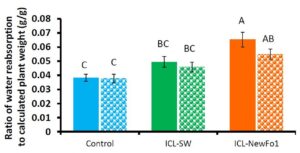 Consequently, the researchers were able to reveal the mechanism of action of the two products under well-irrigated and drought conditions. The authors reported of ‘productivity-enhancer’ and ‘survivability-enhancer’ biostimulants and revealed the quantitative approach of characterizing the drought-related functional trait dynamics.
Consequently, the researchers were able to reveal the mechanism of action of the two products under well-irrigated and drought conditions. The authors reported of ‘productivity-enhancer’ and ‘survivability-enhancer’ biostimulants and revealed the quantitative approach of characterizing the drought-related functional trait dynamics.
This system may be an efficient diagnostic tool for a better understanding of pre-field plant x environment interactions by studying water-related physiological mechanisms under different conditions.

